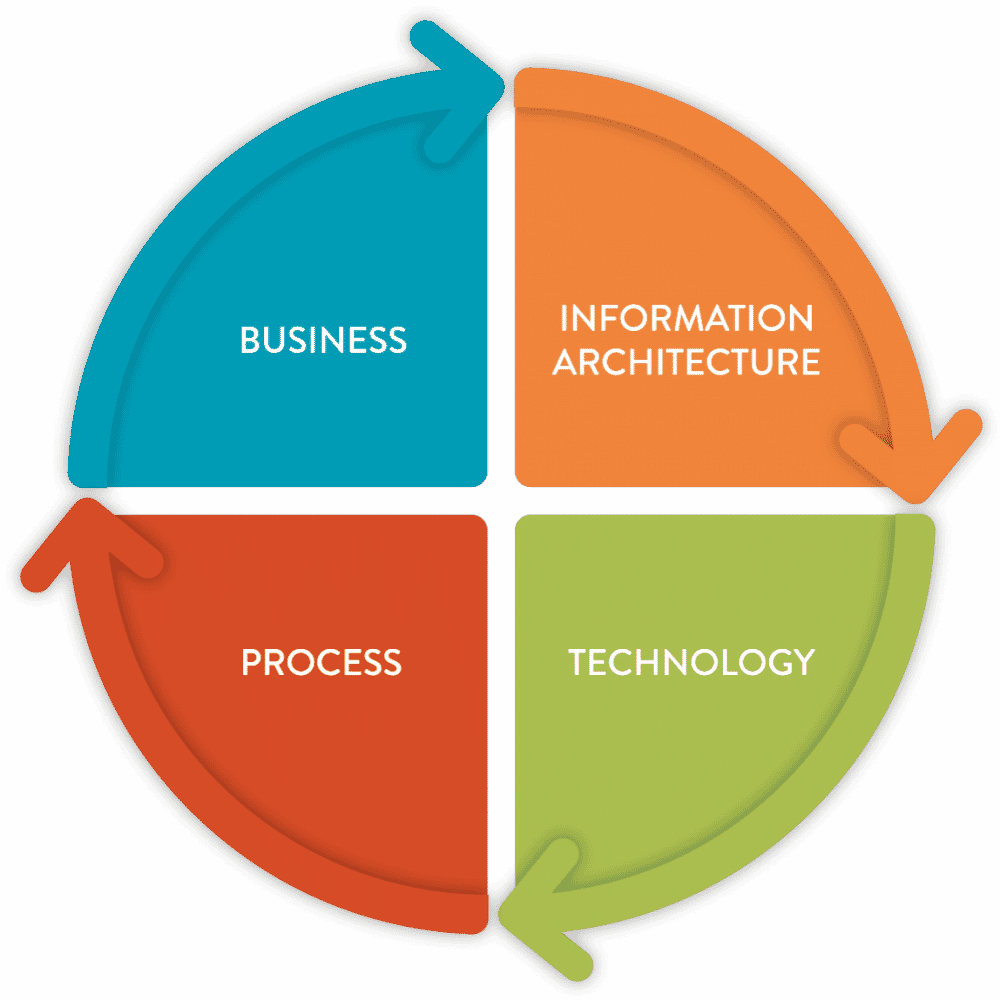There’s no denying that personalized, quality content is a key factor in a good customer experience. Especially in technical communications, it enables users to learn how to get the most out of products and services, and how to use them properly. Content is a central factor of in their level of satisfaction, and in some cases a warrant of their safety – more reasons for organizations to make their strategic objectives a priority.
Governance is at the core of any robust content strategy. It constitutes a governance framework for teams to efficiently collaborate and manage their content lifecycle.
However, despite being an essential part of long-term success, governance is frequently misunderstood, and too often under-valued and under-resourced.
In this blog, we’ll discuss the facets and benefits of governance for content operations, how to implement it, and pitfalls to avoid.
What do we mean by governance and why do you need it?
A content strategy requires structure to be successful. Organizations must design relevant processes and resources to implement them properly.
Governance, with the key facets that define it – business, information architecture, technology, and process – helps streamline content operations, while significantly improving collaboration amongst stakeholders. Let’s look at these facets and what they imply to achieve a sustainable model.

Business
As they craft their governance model, organizations should analyze and acknowledge their vulnerabilities, especially in terms of efficiency, validation, and automation. Building rigor and governance around those will help mitigate these risks.
For instance, when content creation involves a lot of manual efforts, including copy-pasting from one system to another, and no validation process or changes tracking method, this translates into a threat to introduce human errors. Besides, unnecessary manual intervention means a waste of time of resources that could be dedicated to more meaningful tasks. In this example, investing to automate this process would prevent manual intervention, errors, and free up resources.
Organizations should also carefully design intersection points between systems, teams, and functional groups. This means clearly defining project roles, responsibilities, and ownership. Beginning a governance process requires ongoing commitment, planning, and change management to overcome corporate culture barriers. Additionally, a governance structure should support clear decision-making authority at these intersections to effectively enhance project governance and streamline data management processes. This alignment helps in ensuring that the governance efforts are both efficient and effective.
Information Architecture (IA)
Behind good governance, there’s a solid information architecture. To this end, it’s important to understand what is information architecture and how it supports governance. Stakeholders’ requirements should be consistently documented, communicated, and reviewed to ensure understanding, alignment, and compliance.
This IA analysis and design process is meant to be repeated regularly and evolve over time to address specific business objectives, particularly as new content is being reviewed, as the business changes, and new groups onboard.
Having full time information architects is not an obligation. This can be a shared assignment between several IAs, so long as the organization allocates competent resources that work together with stakeholders to meet their needs.
A unified content model, supported by structured writing, is essential for managing IA and will allow for consistent decisions regarding content architecture . This model should be straightforward, guaranteeing it’s being successfully implemented and observed.
Centralized reuse and enforced harmonized element usage will provide further guidance to ensure users understand and follow rules. As groups of teams and different business units share content, and learn to use elements consistently, this will result in significant time and cost savings – especially for localization – and an optimized allocation of resources.
Technology
Owning a tool such as a Component Content Management System (CCMS) to manage content operations isn’t sufficient. For organizations that manage both technical and educational content, integrating a Learning Content Management System (LCMS) like Xyleme Syndicate™ is essential. Xyleme Syndicate™ delivers content from a single source of truth, enabling comprehensive reporting, learner analytics, and detailed version histories. This combination of tools can streamline content operations and ensure alignment with both learning and business objectives. Creating an effective governance model will guarantee the tool and toolchain are properly leveraged.
To achieve this, organizations should conduct an exhaustive and realistic assessment of system capabilities and limitations. The tool is neither the content strategy nor the governance model, but the medium for applying them.
With a harmonized project governance model, teams can efficiently manage content and leverage CCMS features to support processes. Business logic is no longer reliant on written policies and good behavior. Instead, it is enforced using the system’s functionalities and capabilities. Teams benefit from increased efficiency, lower maintenance burden, and significantly reduced content cycle time. Furthermore, they can reinvest the time recovered into other initiatives such as content quality or product offerings enhancements.
On the other hand, if a tool chain and solution architecture are bound to processes that no longer work for the users and the business overall, there will no longer be alignment in how stakeholders complete their tasks. The tool becomes a constraint rather than a solution to improve operations.
Therefore, the scalability and sustainability of solution designs should be validated beforehand and re-validated periodically as changes occur, ensuring accountability and alignment with organizational goals.
Process
Processes exist to support stakeholders in doing their work and should be tied to their needs. It is crucial that they are actively involved and consulted in implementing processes. Recognizing existing processes and identifying where there is room for improvement is the way to proceed.
Stakeholders must be given the opportunity to explain their constraints. Processes should be realistic, flexible as needed, and account for those constrictions. Clearly defining roles and identifying collaboration points will keep stakeholders in synch and empower them to complete their tasks in confidence. When introducing a tool to govern content, organizations must also forge a migration path to help onboarding new groups.
Processes should also include a remediation plan in case any issues arise. This will allow us to mitigate consequences early on and turn these issues into opportunities to adjust the decision-making process and prevent this from happening again, steering the organization in the desired strategic direction.
The most important thing to acknowledge when designing a governance model is that it entails commitment and alignment at all levels of the organization. Change management is also central so that stakeholders do not feel left out or end up pushing back. However, completing your content strategy with a sustainable governance model will undeniably improve your business content operations, making it easier for all people involved to do their job.
This blog was originally presented as an IXIAtalks webinar by Rob Kimm from IXIASOFT and Amber Swope from DITA Strategies Inc. Check out the webinar recording to hear use cases of governance implementations our experts were involved in, and the lessons they drew from it.








